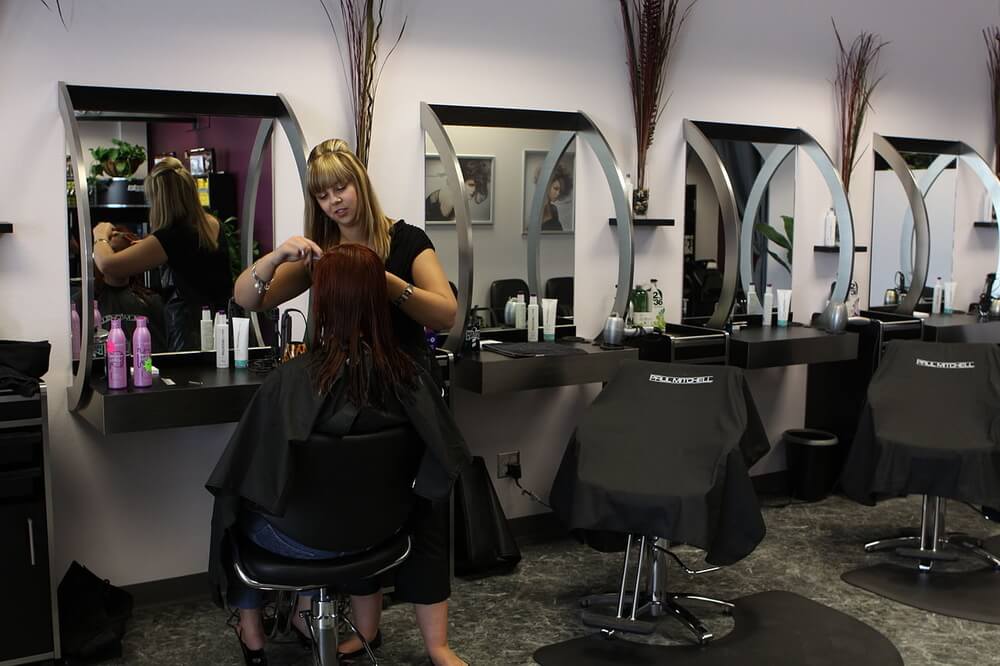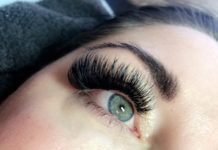With the abundance of video tutorials, blogs, and social media influencers teaching us about skincare, it’s impossible to miss the importance of caring for our skin. But this deluge of information can pose challenges.
Devising a personal skincare routine requires sifting through a lot of information from those various sources. However, determining your skin type and considering skin conditions is a necessary first step.
One of the most common skin conditions is hyperpigmentation, or patches of skin growing darker than the surrounding area due to excess melanin.
Find out more about the causes of hyperpigmentation below. We also made a list of products you can use to reduce it.
All about Hyperpigmentation
Hyperpigmentation may occur in small patches, large areas, or even the whole body. This is a condition that affects all races and types of skin. This condition is generally considered harmless, although it can also point to another medical condition.
Learn the types and common causes of hyperpigmentation in the next section.
Types of hyperpigmentation
Three types of hyperpigmentation are most common.
- Sunspots or liver spots
- Melasma
- Post-inflammatory hyperpigmentation
Sunspots are found in areas usually exposed to the sun like the legs, hands, and face. They are also called age spots, and although they may appear at any age, people over 40 years old are more susceptible due to their longer exposure to UV rays.
Melasma is associated with the hormonal changes related to pregnancy. Hyperpigmentation in this case usually appears on the stomach and face. Birth control pills, hormone therapy, and thyroid disease are also believed to cause melasma.
Hyperpigmentation can also occur after inflammation to the skin. A common skin inflammation is acne. Yes, those dark spots caused by pimples are considered hyperpigmentations.
Can hyperpigmentation be treated?
As stated earlier, hyperpigmentation is usually harmless, so there is no need for you to seek treatment unless you are bothered by how it looks. Going back to our earlier discussion on skin care, you are likely here because you want to have clearer, healthier skin.
First of all, it’s important to know the cause of your hyperpigmentation. It is advised that you see a dermatologist to help you with diagnosis and treatment.
So, what are the available treatments?
- Topical prescription medications like hydroquinone and retinoids
- Laser treatment or chemical peels
- Home care (e.g., sunscreen, aloe vera, licorice, green tea)
Again, consulting a dermatologist is a must before you get medication or treatments for your hyperpigmentation. Also, if you’re going to use skincare products, make sure that they are tested and proven.
To help you, we came up with a list of products that will definitely help reduce hyperpigmentation.
Best products for hyperpigmentation
The skincare products that are ideal for treating hyperpigmentation usually contain antioxidants, which protect cells from damage and slow down skin aging. In fact, you will probably find antioxidants in most of your skincare products but you can get them naturally from your diet. Antioxidants include Vitamins A, C, and E.
Controlling acne and reducing hyperpigmentation go hand in hand. That’s because acne can cause dark spots, like we mentioned above. So, choose products that can treat acne and lessen its occurence. Use products that remove excess oil and dead skin cells from your skin.
You can also look for a reliable set of skin brightening products that are specifically designed for treating hyperpigmentation. A good set would include the following:
- Cleanser (Caithy Bright Cleansing Lotion)
- Toner (Caithy Instant Hydrating Mist Toner)
- Skin Lightening Cream (Caithy Ultra Skin Lightener)
A cleanser is used for removing make-up, dead skin cells, oil, dirt, and other pollutants from the skin. Cleansing refreshes your skin and creates a clean foundation for you to apply makeup or moisturizer. Further, cleansing is crucial to
lessening hyperpigmentation because it is a good way to make sure your pores are not clogged so you won’t develop acne.
Cleansing should be done twice a day- once in the morning and once in the evening. Facial cleansers designed for skin with hyperpigmentation usually have ingredients that also help lighten dark spots and improve skin radiance.
Toners are often used after cleansers and before moisturizers. Like cleansers, toners remove dirt from the skin. But they are also helpful in soothing dryness and restoring the skin’s pH level. If uneven pigmentation is a concern for you, choose alcohol-free toners.
Cleansers coupled with toners and moisturizers, can do wonders for your skin all by themselves. But for skin with discolorations, a skin lightening cream will give you the extra help you need.
However, you must make sure to use the cream religiously to see results in several weeks. Also, be careful when purchasing over-the-counter skin lightening products. Read the label carefully, and opt for products with organic ingredients, or at least less harsh chemicals.
One last tip
The best skincare tip is to be kind to your skin, even if you have unwanted dark spots. We have different skin types and different needs. Never go for shortcuts. Get professional advice whenever possible, read labels, and choose products carefully. For hyperpigmentation, use a cleanser, toner, and lightening cream that suits your skin.









